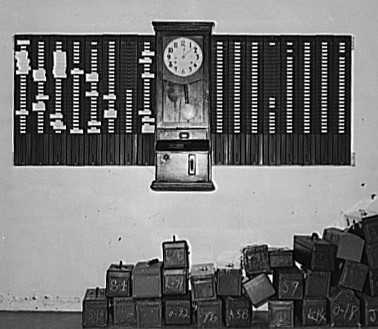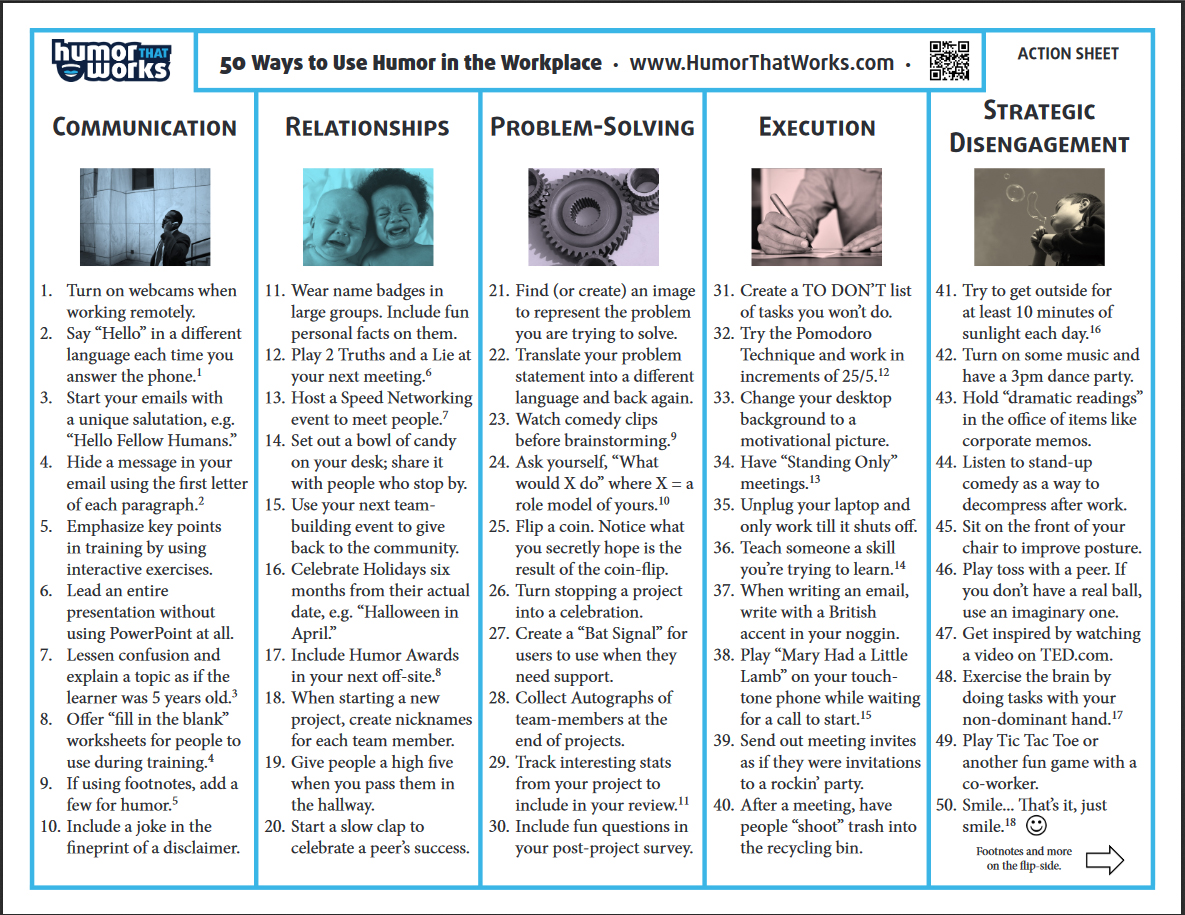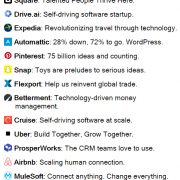Who’s Happy at Work?
To work we love, with delight we go. William Shakespeare
There has been much discussion about happiness, engagement, inspiration and those other “soft” attributes of work. We are constantly reminded of the Gallup survey indicating 72% of employees are disengaged. According to a Money Magazine poll roughly 54% of those surveyed said their job is “okay”, 26% said “they can’t stand it” and 20% felt it was their “dream gig”. Other surveys talk about what jobs have the happiest workers, what cities have the happiest workers, and how much you have to earn to be happy.
Is anybody happy yet?
What can we make of all of this? A few thoughts:
- As Abraham Lincoln once said “People are about as happy as they choose to be”. How is it so many people allow themselves to work at jobs they can’t stand, where they are disengaged, or even worse? How many of these people try to educate themselves so they can move to a job where they can be engaged and happy? Many people like being victims because it gives them something to complain about. They would rather be unhappy. I say let them work someplace else. (I can see the ad now: “Are you unhappy at work? We hate the work we do …but we are good at it. None of that happy slappy nonsense here. Would like to be around a bunch of other unhappy people… who just so happen to be good at the work they do? If you are competently unhappy then we are the place for you!”)
- Who is hiring these people? And why? Apparently Zappos is not. After initial orientation and training they offer their employees something like $3000 to get up and leave. The math is clear: if you have a less than engaged $30,000 yr. employee they will be at least one 10th less productive, so there is the $3,000 right there. Plus employees are there to bring an ROI so it’s really more than a $3000 offset… and who wants that cancer in the workplace anyway? Bottom line: don’t hire disengaged unhappy people and if you accidentally do, provide them a severance and get rid of them.
- Don’t ignore the reality of the bell curve. Most employees a more intent on being comfortable then they are anything else. They want to make enough money so they can live comfortable by cultural standards, watch TV, eat junk and hang out with friends. Less than 10% of employees have any desire to be great at what they do. As they say, there’s plenty of room at the top.
- Perhaps the best idea is to hire people already happy, knowing it’s an internal choice. Then put them in an environment where they can be happy growing and contributing on it ever improving basis. For these people mediocrity is death. If they’re not doing something exciting or meaningful there’s no opportunity for them to be happy. But if they are in that sweet spot they will be the most valuable of all employees.
- Pay a “fair day’s wage”. This means you pay at market rate or better. Remember: “when you pay peanuts you get monkeys” …and disengaged unhappy employees.
- Last, look at what makes you happy…or not happy… in the work you do. Others probably are similarly affected.
Here’s to you happiness, Don







